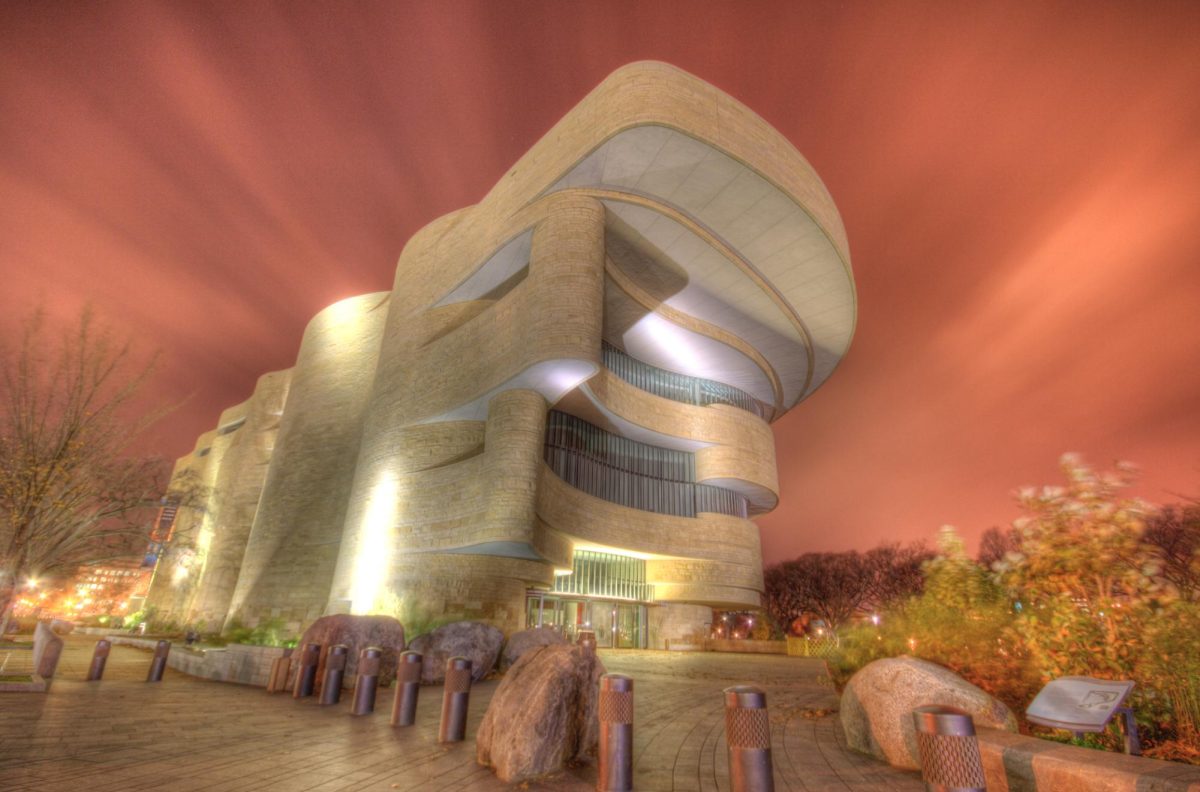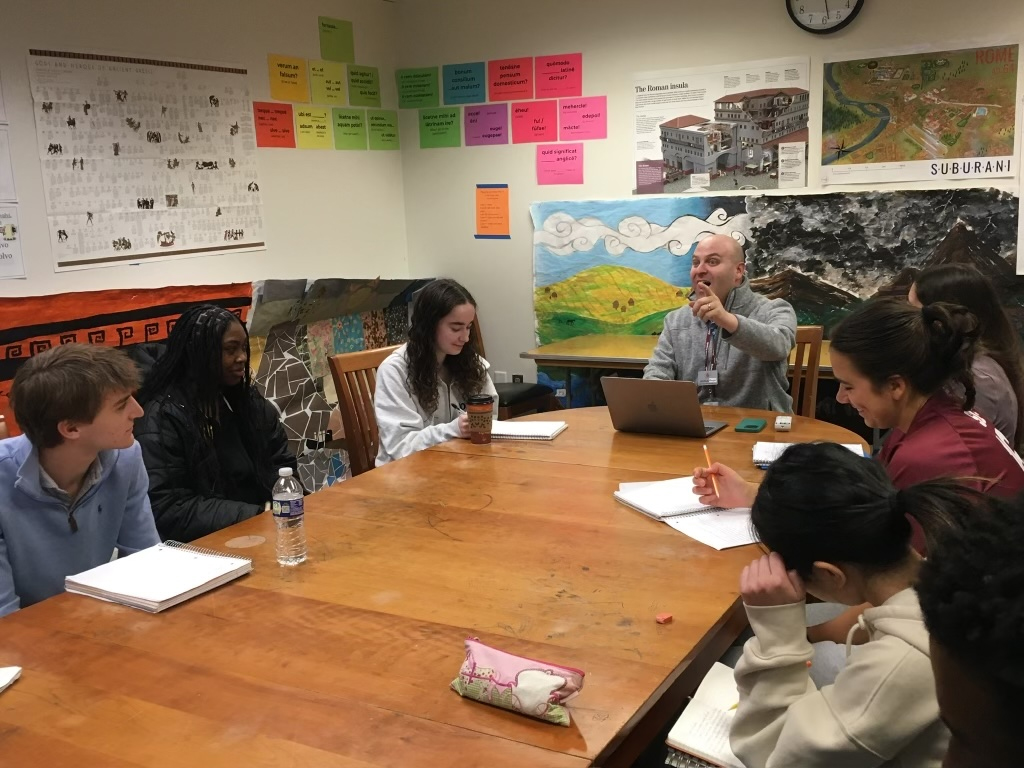Linling Lu’s “Soundwaves” Exhibit Explores the Intersection of Visual Art and Music
Linling Lu, born in 1983 in the Guizhou Province of China, is an artist known for her colorful, circular paintings. Currently, her installation “Soundwaves” is featured in the Phillips Collection’s “Intersections” project.
According to the Phillips Collection website, “Intersections” is “a series of contemporary art projects that explores … the intriguing intersections between old and new traditions, modern and contemporary art practices, and museum spaces and artistic interventions.”
Inspired by Lu’s Chinese heritage, the pieces in “Soundwaves” act as visual meditations to focus the eyes and the mind. Like most of Lu’s work, “Soundwaves” is made up of concentric rings of varying color and thickness painted with acrylic on canvas and linen. The circular canvases, called tondos, range greatly in size and add to the allure of the paintings.
The vibrant colors of the concentric rings draw the eye to the center of the image, like a whirlpool. Some paintings are composed of vividly contrasting colors, while others show a smooth gradient from the deepest inside circle to the faintest outer ring. While some are made up of only a few rings that form a border around the solid center, others are made of so many rings they seem to move, as though swirling down toward that final circle. A few have a very thick outer ring so that the smallest inner rings and the center draw the eye with their contrasting designs and thickness.
The exhibit is part of a larger idea that Lu is exploring regarding the intersection of visual and sonic art. This idea was inspired by synesthesia, a condition in which people see shapes and colors when they hear noise. Artists such as Georgia O’Keeffe and Wassily Kandinsky took similar inspiration from the condition in their works. In a recorded interview, Lu commented that O’Keeffe and Kandisnky were the artists who initially prompted her to consider “the connections between colors and music, and the lines, the forms, the imagination of music.”
“Soundwaves” is a response to Philip Glass’s “Etude no. 16,” played by Timo Andres on the piano.
“In Philip Glass’s music, there [are] a lot of repetitive phrases, and the form of the paintings, it’s pretty repetitive, but every time the composition is different,” Lu said.
Lu has created dozens of unique paintings despite using the same layout of concentric rings, simply by changing the colors, the spacing and thickness of the lines and the size of the template.
Even the layout of the artwork reflects the music. For example, there are seven paintings on the left of the exhibition that represent seven notes played by the left hand and five more on the right for five notes played by the right hand.
“In this special arrangement, the emotions of music are carried through colors of paintings,” Lu said. “Each painting [becomes] an instrument, a source of sound that materializes the poetic quality of music,” she added.
The circular designs fit well with “Etude no. 16.” The piece is cyclical, with the same rhythms and combination of notes underlying the whole piece, but also changes in pitch and speed altering each repetition. Similarly, Lu’s circular artwork contains the same pieces but forms a unique whole based on spacing and color, where spacing conveys speed and the colors are like the note combinations in different pitches.

Elle Ludwin is currently Managing Editor of Horizon. They served as a Culture Editor in the 2023-2024 school year. Prior to that, they worked as a Staff...















































